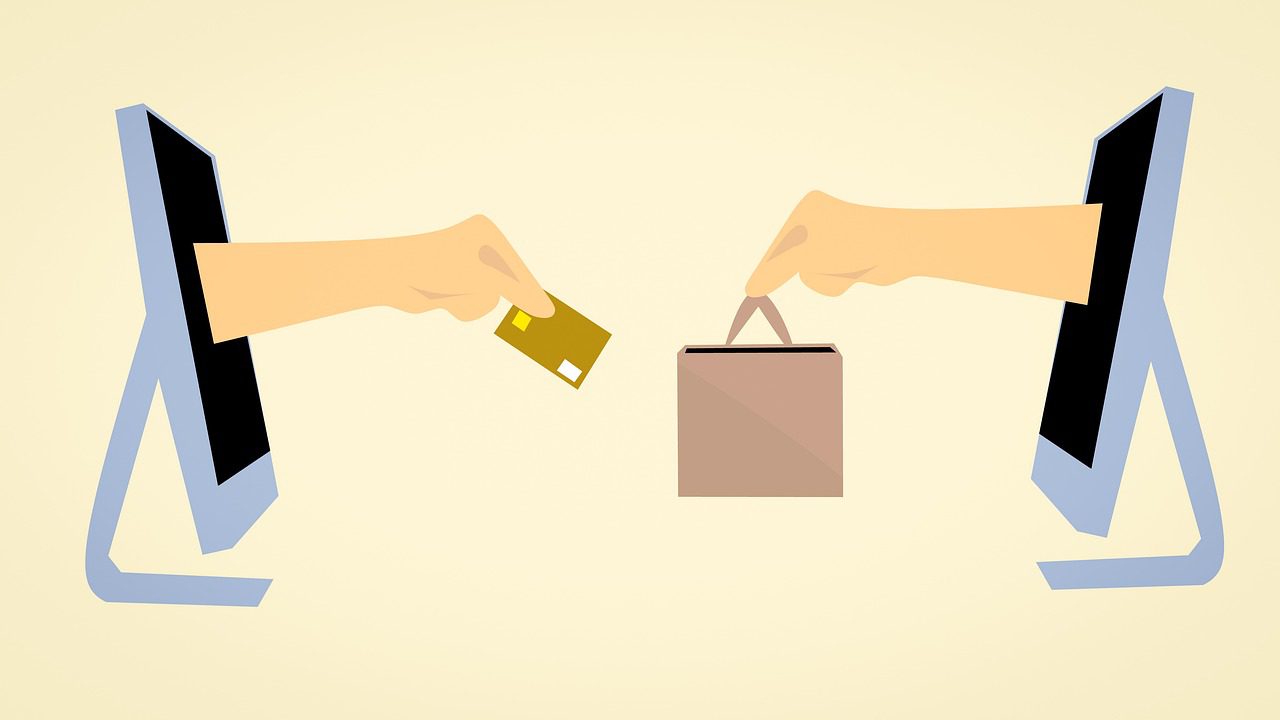Selling to customers online is no easy feat. Trying to attract customers to your business using social media, PPC campaigns and email marketing is just the start. Once the customer is actually on your website, then the real challenge begins; keeping them there.
One element you may want to look at when enhancing the customer experience that your website provides is the payment system. Every customer will use it and provides a non-optimal experience will only force customers to take their business elsewhere.
Not sure where to begin? Today, we’re going to explore 8 essential ways you can enhance your online payment system to provide the very best experience possible.
#1 – Offer a Variety of Payment Methods
The first step you’ll need to take is making sure that a wide range of payment options are available on your website. This is especially important if you’re selling to a global market. If your customer can’t pay, then they simply can’t use your website. Some payment systems to consider include;
- Visa (credit/debit)
- American Express
- PayPal
- Stripe
- E-Checks
- Gift cards & Vouchers
You’ll also want to make sure that each payment system has a clear call to action to ensure that your customer can quickly identify the payment system they want to use, ideally using the system’s official branding. You can also use writing tools like Grammarix and Paperfellows to ensure that your calls to action are effective.
#2 – Optimise for Mobile Users
The chances are that your website is accessed by customers from all kinds of device. In fact, statistics show that mobile internet traffic far exceeds desktop traffic, so if your payment pages aren’t optimised for mobile devices, many of your customers will simply leave, resulting in a lost sale.
If you’ve ever been on a website where you’ve had to zoom in and out to see everything on the page, you’ll already be aware of the anguish that this causes. When editing your text content on your website to ensure it’s digestible enough for mobile users, you can use tools like Easy Word Count.
#3 – Emphasis on Security
When a customer is using your website, they want to make sure that they’re personal details, and particularly their financial information is secure and protected. A customer wants to feel safe when they are using your website.
With this in mind, it goes without saying that you should highlight what security features your website has and how the customer is protected, most commonly using SSL encryption certificates at the very least.
#4 – Make Errors Easy to Rectify
A typical payment page means the customer will have to fill out several boxes or forms with their personal information, so it’s only natural, especially if the customer is distracted, that a box can easily become missed.
In this event, you’ll want to make it easy for the customer to know which boxes are missing or what information has been entered incorrectly, so they can quickly rectify it and move forward with their purchase.
While on the subject of errors, it’s important that your text content on your payment pages are perfect. Otherwise, you risk damaging the credibility and reputation of your pages. You can use online editing and grammar tools like State of Writing and Ukwritings to ensure this high-quality content.
#5 – Only Request Essential Information
This is especially important if you’re also getting your customers to sign up to your email marketing list while making a purchase. “While you may want as much information on your customers for segmentation and analytical purposes, the more information you request, the longer your payment pages become and the more likely your customers are not to bother carrying it out” – explains , a Payment Manager at Australianhelp and Huffingtonpost expert writer.
Only request the information you need to ensure your customers can quickly and easily make their purchase.
#6 – Guide Users Through the Process
Some users may not be knowledgeable about online payment systems, especially if you’re offering a broad variety of payment platforms and options. With this in mind, it’s important that you create a rough guide to go alongside your payment pages that guides a user through their experience.
This minimises the risk of misunderstanding and error and gives your customer an insight into why you’re asking for the information that you’re asking for. You can create these guides using online tools like Boomessays or Academadvisor.
#7 – Allow Guest Purchasing
Sometimes, especially if your customer is a first-time customer, they’re not going to want to make an account straight away and simply want to make a purchase to see whether you’re the right business for them.
With this in mind, it can seem ‘pushy’ to force a new customer to make an account, a solid reason why they might leave to go elsewhere. Using platforms like PayPal, you can easily allow guest purchasing where an account isn’t necessary, allowing you to maximise your sales opportunities.
#8 – Minimise Redirections
While using a system like PayPal may be inevitable, especially when it comes to your budget or payment service, it’s highly recommended that you keep your payment redirections to a minimum if possible.
You’ve worked so hard to get customers to your website, only to have them leave at the final step, meaning your brand isn’t the last thing they associate with their purchase.
Conclusion
As you can see, there are many things you can do to your current payment system to ensure that your customer has the best experience. Whatever decision you decide to take, make sure your customers are at the heart of it, and you can be sure that you won’t go wrong!
About the Author
Gloria Kopp is a communication manager at Bigassignments. She is a regular contributor at Huffingtonpost, The Tab and Oxessays blog. Gloria is also running Studydemic educational blog for ESL students.












